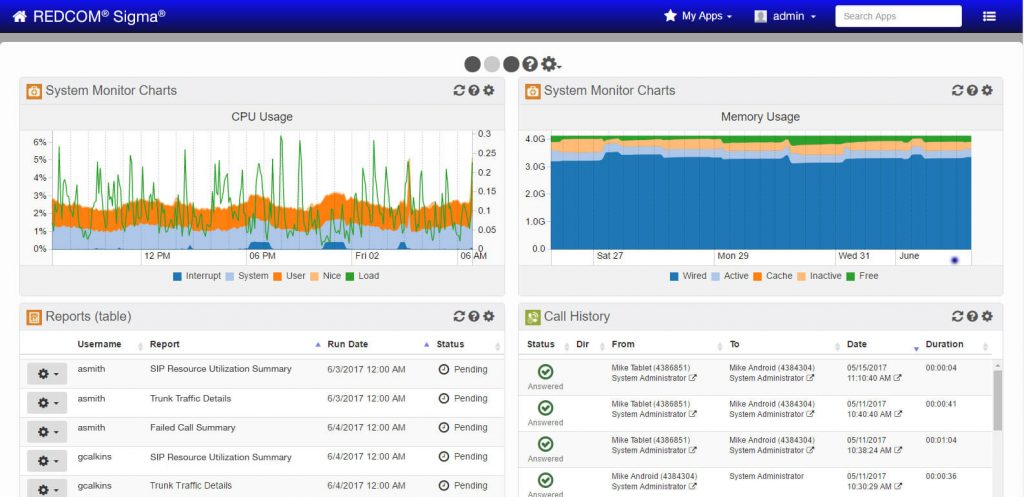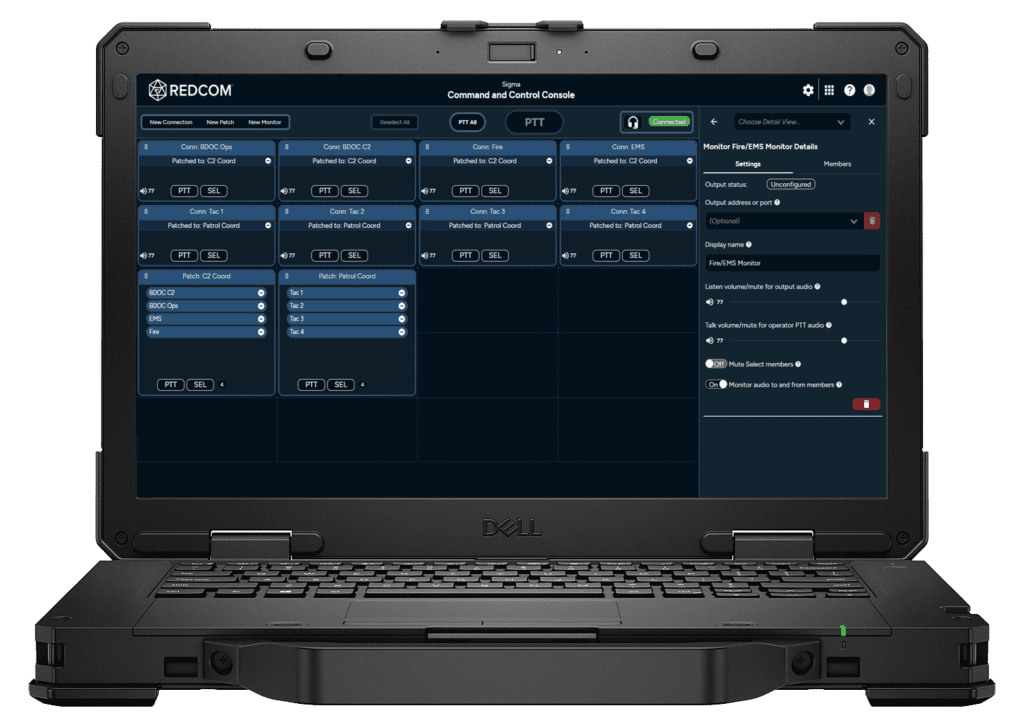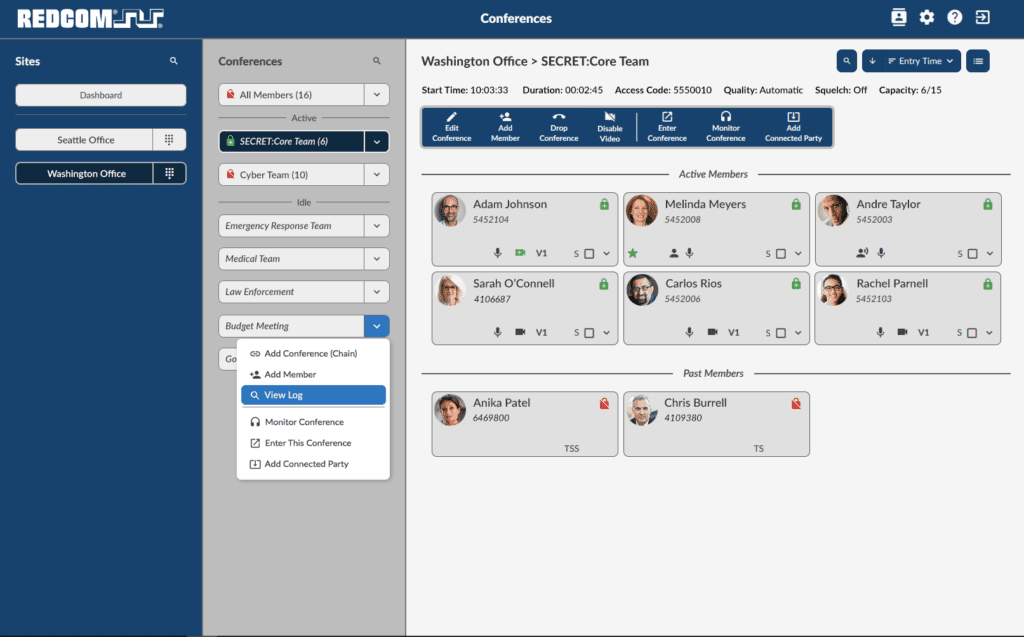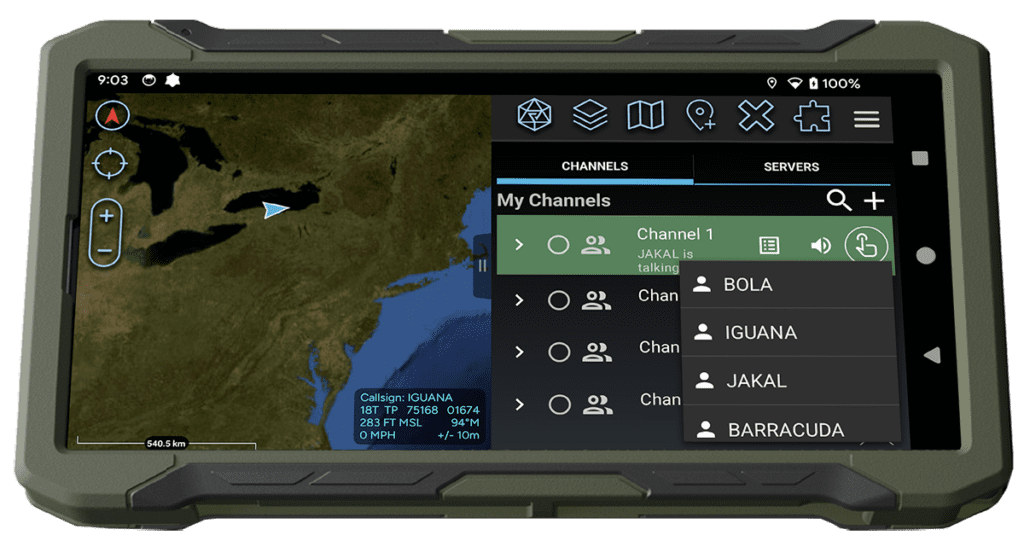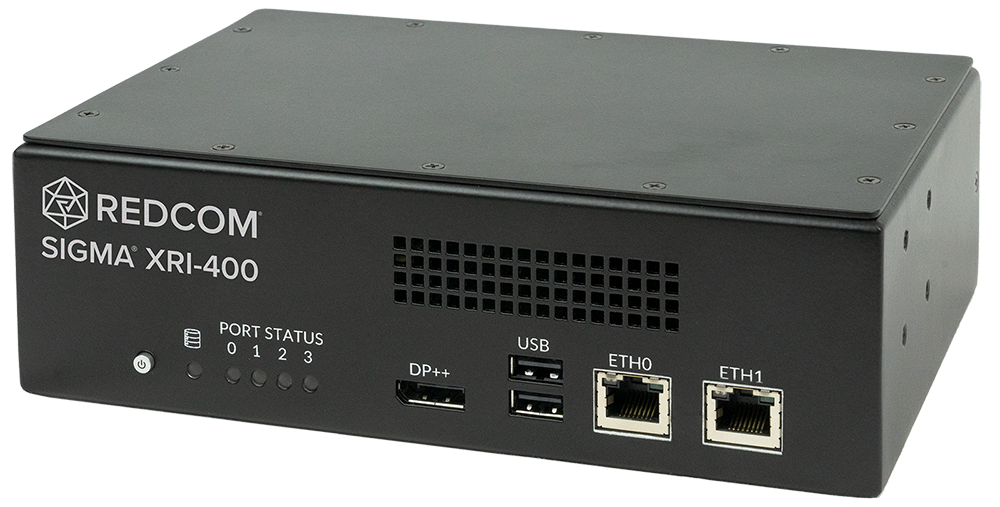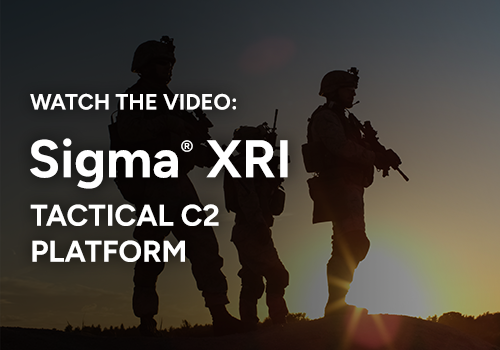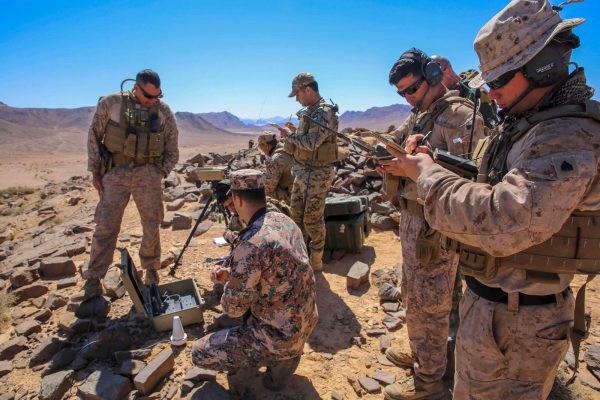U.S. adversaries around the world are deploying “formidable” electronic warfare tools, writes Cary O’Reilly for the Battlefield Tech section of C4ISRNET. In the article, O’Reilly discusses how the war in Ukraine, the Israel-Hamas conflict, and the Houthi rebel group in Yemen have shown that electronic warfare (EW) is a present threat that cannot be ignored. Electronic countermeasures (ECM) and electronic counter-countermeasures (ECCM) have been in practice for decades; however, the United States has not engaged in a conflict receiving EW since WWII. With near-peer adversaries engaging in EW, analyzing our ECCM capabilities is critical.
One of the most important resources for any armed force is communications equipment, which is why it’s often a primary target in EW. Effective ECCMs include rapidly changing frequencies to outpace hostile electromagnetic interference (EMI), or the use of networks less susceptible to EMI, such as SATCOM and MANET systems.
An issue arises when applying the second method to joint force operations with allies as not all domains and branches have access to the same or compatible technology. By utilizing REDCOM Sigma systems, these problems and ECM can be mitigated. REDCOM Sigma XRI-400 can instantly crossband disparate radio networks and devices, providing communications flexibility and improving operational efficiency. ECM-resistant communications. Domains that only have access to RF networks can crossband their devices with allied SATCOM or MANET devices while utilizing frequency hopping to avoid EMI, creating vertical or lateral communications in contested environments.
Utilizing Sigma’s crossbanding capabilities can also enable distributed RF waveforms to reduce the likelihood of adversaries locating communications nodes. By transcoding RF and IP networks, operators can have access to full communications systems without the same threat of having their electromagnetic signature triangulated. This system allows domains to mask their radio communications without replacing the entire network with software defined radios.
Through crossbanding and transcoding, domains can have several different options for maintaining communications while participating in EW with adversarial forces, helping establish and maintain an information advantage.
